1983 World Cup Recap - Revisiting unforgettable moments
India defeated West Indies in the final of 1983 World Cup and ended up changing the scene in world cricket.
View : 47K
9 Min Read


The West Indies dominated the first two World Cup tournaments in 1975 and 1979. And all eyes were on Clive Lloyd and his men whether they would be able to complete a hat-trick of World Cup wins when the 1983 edition of the tournament started. The tournament was played from 9 to 25 June 1983 and was hosted for the third time by England and Wales.
By this time, all of the top teams had gotten a hang of the one-day format and started strategising as well. The new cricket format was also gaining popularity amongst the fans. Even the purists liked the shorter version of the game.
Participating Teams and Format
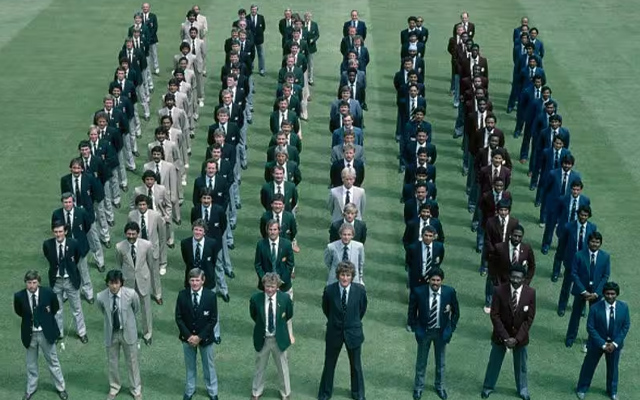
The 1983 World Cup was played with eight teams participating in the event. By the time the 1983 edition arrived, Sri Lanka had been granted full member status by the ICC. Canada and East Africa, who had participated in the previous two editions, were not present in 1983. Instead, Zimbabwe made their debut in the World Cup tournament, having won the second ICC Trophy in 1982, which was an ODI World Cup qualifying tournament.
There were some personnel changes in the different teams as well. Kim Hughes was captaining Australia. Bob Willis was leading England. India had a new captain in Kapil Dev and so did Pakistan, who were led by Imran Khan.
The eight 1983 World Cup teams participating in the tournament were divided into two groups of four teams each. Each team played the other three teams in their group twice in the ‘Group Stage’. The top two teams from each group proceeded to the knockout stage, which consisted of the two semi-finals and the Final.
The top-placed team in Group A played against the second-placed team in Group B and vice-versa. Winners of both the semi-finals played final on 25 June 1983 at the Lord’s Cricket Ground in London.
Huge upsets at the start - India defeated West Indies and Australia and Zimbabwe beat Australia in Group B
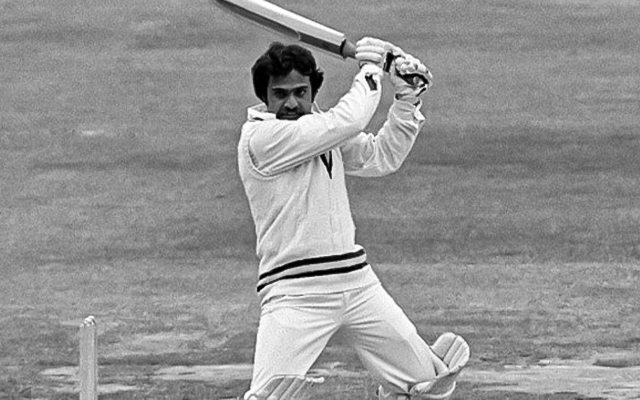
In the first match of group B, Zimbabwe stunned the finalists of the 1975 World Cup, Australia. Captain Duncan Fletcher led from the front with 69 as Zimbabwe posted 239/6 in 60 overs. In reply, Kepler Wessels, then playing for Australia scored 76 to give a good start.
But he took 130 balls to make those runs. Though Rod Marsh made 50* in 48 balls, the required run rate was too much was Australians. Fletcher picked 4/42 to add to his half-century and Zimbabwe won by 13 runs.
India started well by defeating defending champions West Indies in Berbice, which was the first loss in the World Cup for the champions. Batting first, India posted 262/8 with Yashpal Sharma making 89 and Sandeep Patil scoring 36. Madan Lal and Roger Binny also contributed. In reply, West Indies lost wickets regularly. Andy Roberts and Joel Garner scored 37 each, but West Indies only made 228 runs and lost by 34 runs.
Pakistan scored the highest total in the 1983 World Cup; Australia scored the lowest total
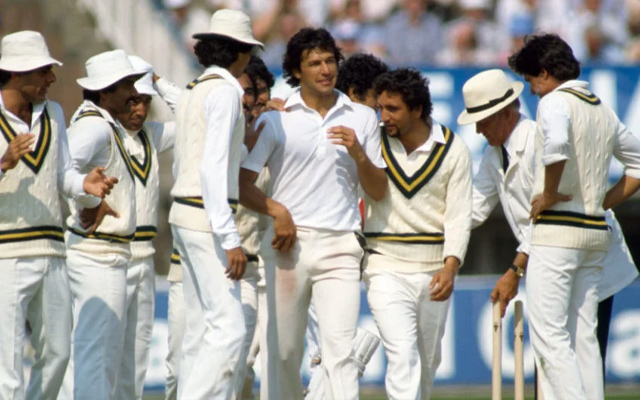
The highest team score of the 1983 World Cup was made by Pakistan against Sri Lanka in Swansea. Batting first, Pakistan top order scored runs freely Mohsin Khan and Zaheer Abbas made 82 runs each. Javed Miandad made 72 and Imran Khan added 56* runs. Pakistan made 338/5 in 60 overs.
In reply, Brendon Kuruppu made 72 and Guy de Alwis made 59*. But it was not enough as Sri Lanka could only make 288/9. They lost by 50 runs and Mohsin Khan won the Player of the Match award.
On the other hand, the lowest total of the 1983 World Cup came when Australia was bowled out for 129 runs by India in a Group B game. India batted first and posted 247 in Chelmsford as Yashpal Sharma made 40 and Roger Binny made 21 runs. The small total should’ve been enough for Australians but the Indian medium pacers had a field day. Roger Binny (4/29) and Madan Lal (4/20) decimated the Australian batters as they were out for 129.
Winston Davis takes 7 against Australia
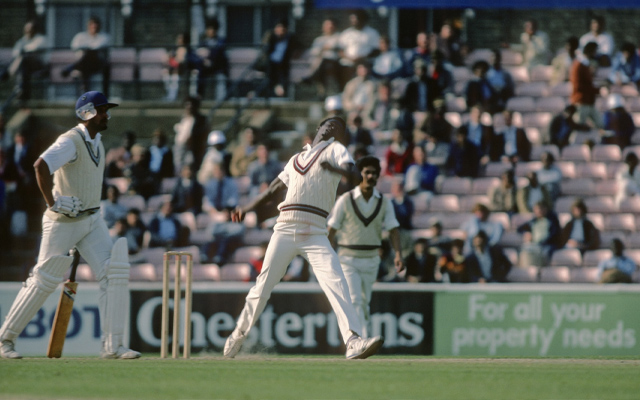
The best bowling performance of the tournament came from West Indies pacer Winston Davis, who took 7/51 against Australia at Leeds. Larry Gomes’ 76 and Faoud Baccus’ 47 took West Indies to 252/9 batting first. For Australia, Geoff Lawson took three wickets.
In reply, Winston Davis coming on as first change bowler, ran through the Australian batting lineup. He picked up 7/51, the first-ever seven-wicket haul in ODI cricket. David Hookes top-scored with 46 as Australia only managed 151 runs to lose by 101 runs. Davis’ 7/51 remained the best bowling figure in ODIs till 1991 when Aaqib Javed broke the record by taking 7/37 against India in Sharjah.
David Gower and Roger Binny top the most runs and wickets chart respectively
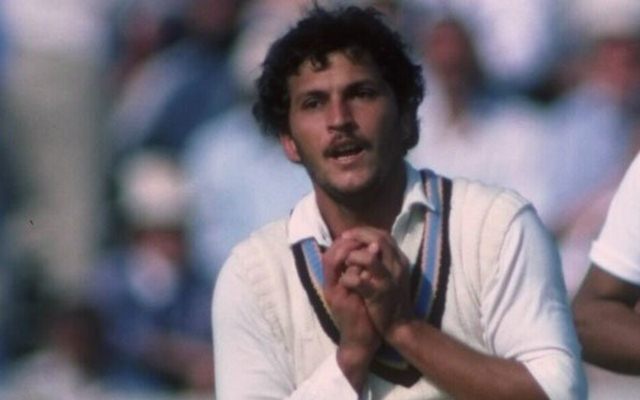
The 1983 World Cup run charts were topped by England’s David Gower, who made 384 runs in 7 matches at an average of 76.80 and strike rate of 84.95. He scored one century and one fifty in the tournament and hit 9 sixes and 34 fours. His best score was 130 which came against Sri Lanka. The second highest run-getter was Viv Richards who made 367 runs in 8 matches with one century and two fifties.
The most wickets in the tournament were taken by India’s Roger Binny. The curly-haired pacer took 18 wickets in 8 matches at an economy of 3.81 and an average of 18.66. His best bowling figures were 4/29, which came in the decimation of Australia in Chelmsford. His 18 wickets remained a record until the 1999 World Cup when Geoff Allott of New Zealand took 20 wickets to go past him.
Kapil Dev’s 175* save India blushes against Zimbabwe; picks first five-wicket haul for India in ODIs
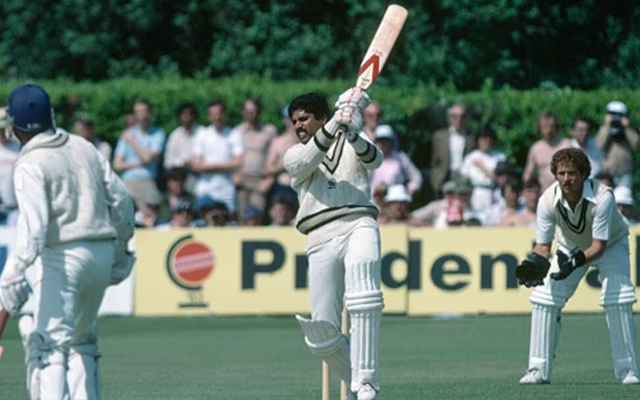
The highest individual score in the 1983 World Cup and perhaps one of the greatest World Cup knocks came when India clashed with Zimbabwe in a must-win encounter in Tunbridge Wells. Kapil Dev played what has been described as the greatest ODI knock by an Indian when the team was in tatters.
India opted to bat first against Zimbabwe, but Zimbabwe bowlers took advantage of the swing and reduced India to 17/5 and 78/7 at one stage. Kapil Dev had managed to anchor one end and finally got some support from Syed Kirmani. After lunch, Kapil Dev switched gears and began attacking the bowlers. Kirmani made 24* in a partnership of 126*. Dev made 175*in 138 balls with 16 fours and 6 sixes.
Kapil’s knock made and broke a few records. This was the first ODI century by an Indian and the highest ODI individual score at the time in the format. This was also the highest score in World Cup history, going past Glenn Turner’s 171. Earlier, against Australia Kapil Dev had taken 5/43, the first-ever fifer by an Indian in ODIs.
However, unfortunately, Kapil Dev’s knock of 175* was not telecasted by the BBC, who had to choose from four matches to telecast that day, and decided to ignore this encounter in favour of the West Indies vs. Australia tie.
India overcame West Indies in in David vs. Goliath battle in the final
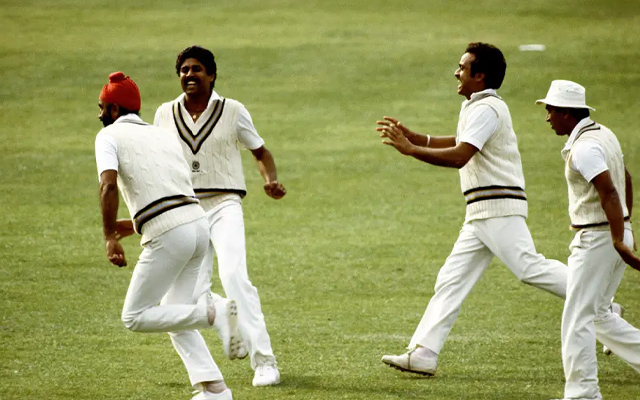
When India and West Indies clashed in the final of the tournament, they were 1-1 having defeated one another once in the group stage. West Indies wanted to avenge their loss to India in the group stage. And when Clive Lloyd won the toss at Lord’s opted to bowl first on a pitch that was full of grass.
Sunil Gavaskar got out for 2 runs and after struggling against West Indies pacers for some time, Kris Srikkanth decided to open his arms and scored 38 with 7 fours and 1 six. Mohinder Amarnath made 26 and Sandeep Patil creamed 27 runs as India posted 183 on the board. Andy Roberts took three wickets for West Indies.
Many felt that this total was going to be a cakewalk for two-time champs West Indies. But Balwinder Sandhu set the tone by removing Gordon Greenidge for one run. But Viv Richards came out determined to finish the game early and scored 33 in 28 balls with 7 fours. Madan Lal, who was hammered by Richards, forced Kapil to give him one more over.
Richards mistimed a pull and Kapil Dev took what is called the catch of the tournament, running backwards and over his shoulder. This filled the Indian team with enthusiasm and West Indies batters fell like nine pins. They hoped that the next batter would make the runs, and while Jeff Dujon made 25 runs, West Indies was bundled for 140 runs in the end.
India won the match by 43 runs and became the World Champions for the first time. Mohinder Amarnath won the Player of the Match for his 3/12.
Conclusion:
This was the last time till 1999, that the World Cup was held in England. India’s win gave ODI cricket new popularity in the country. The middle and lower-middle-class Indians started to see cricket as a viable career option for their kids. Corporate sponsors began investing money into the game and the media got something to hype.
The biggest change came in broadcasting as Doordarshan showed India matches in colour. Right through the 1980s, hundreds of transmitters were set up nationwide drawing small towns and kasbahs into the television fold. TV was the new must-have gizmo for every middle-class home.
This win also gave the Indian public a new sport to get behind as hockey was shrivelling in popularity. Football had failed to produce anything spectacular. The huge web of TVs made the game accessible to small towns, which led to the country producing cricketers from small towns. The 1983 victory also gave the Asian cricket boards the confidence to dream big.
The Indian and Pakistan board jointly hosted the 1987 World Cup and the global cricket’s power center began shifting from England and Australia to Asia.Davi
Download Our App